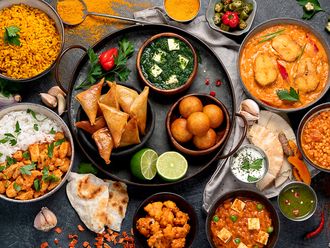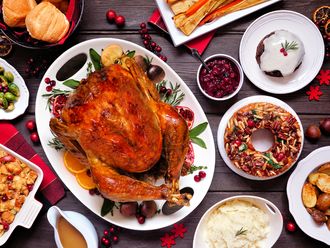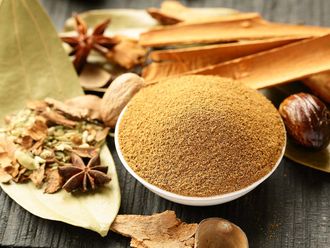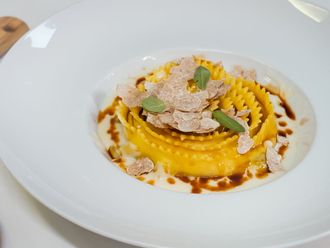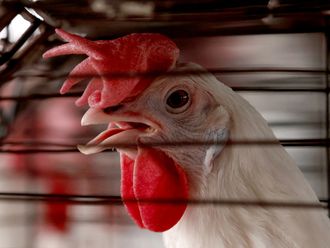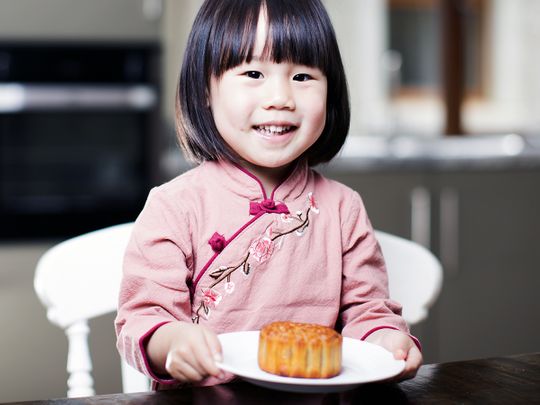
Once upon a time, there was a young and beautiful girl named Chang’e (pronounced “cha-nng-uh”) who worked in the Jade Emperor’s palace up in the clouds. Since the Jade Emperor was a deity who ruled the skies, he was quite particular about his subjects, most of whom were fairies, immortals and people who were known for their good deeds.
One day, Chang’e accidentally broke one of the Emperor’s precious porcelain pots, angering and causing him to banish her from the palace to Earth, to live among mortal people. She soon found herself as part of a farming family.
When she turned 18, Hou Yi, an expert archer from another village spotted her. He was instantly mesmerised by her beauty, so much so that he pursued her.
It was on one such day, that 10 suns dawned upon the village. The people, fearing for their lives and livelihood, sought help from Hou Yi due to his expertise. Hou Yi stepped up to save the village and shot down nine of the ten suns, making him the hero the village longed for and needed. His act of bravery was so appreciated that he was eventually crowned king and married Chang’e.
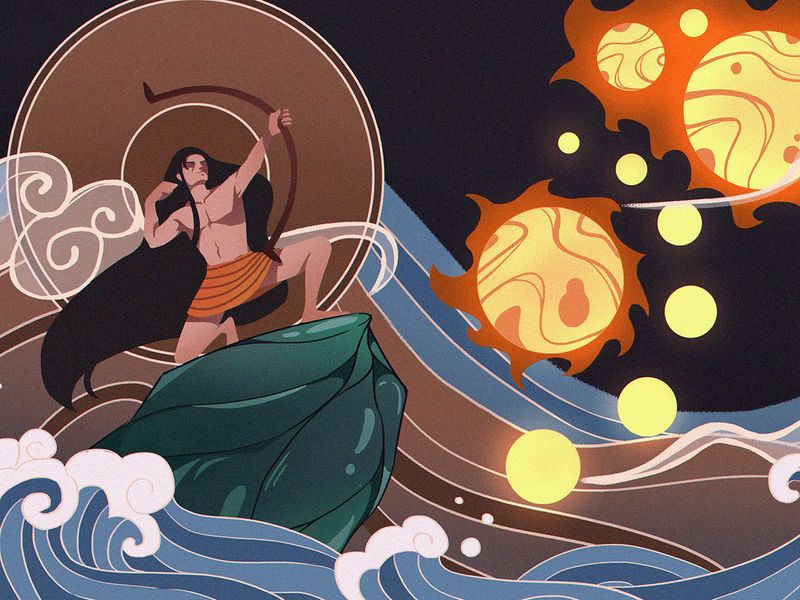
But Hou Yi’s fame soon caused him to turn into a despotic, greedy and selfish king, so much so that he sought immortality. He then placed an order among the commoners to find and make him an elixir to immortality, which soon took the form of a pill. Before it was presented to Hou Yi, Chang’e came across it and swallowed it. This angered Hou Yi, and Chang’e decided to flee the palace by jumping out of a window in the topmost chamber, and instead of falling to her death, she floated up to the sky towards the moon.
Hou Yi tried to shoot her down with his arrows but missed his aim every time and pursued her thereon, only to be blocked by the Moon Rabbit, who would only allow him to enter if he sought reconciliation with Chang’e.
Eventually, Hou Yi ascended to the sun, where he built his palace. Their story further went on to represent yin and yang, the moon and the sun, which shows the ultimate balance.
While this is one version of this tale in Chinese mythology, another version narrates that Hou Yi was summoned by the Jade Emperor to teach 10 of his unruly sons a lesson. The emperor transformed them into suns, but they were scorching the Earth. Seeing what they were doing to the Earth and its inhabitants, Hou Yi shot down nine of the ten suns, leaving one behind for warmth.
Displeased with Hou Yi’s decision, the Emperor banished Hou Yi and his wife, Chang’e, to live as mortals on Earth. This did not bode well for Chang’e who loved living in the skies with her husband as immortals. And soon, to retrieve their immortality, Hou Yi set out on a quest and towards the end of it, sought out Queen Mother of the West’s help, who agreed to give him the pill. But she had placed a limitation saying that one pill can be eaten by two people in halves.
As Hou Yi returned home, he placed the pill in a case and told Chang’e not to open it till he gets home. But her curiosity got to her so much so that she opened the case, and consumed the pill right out of the box. Due to the overdose of this, Chang’e started to float up to the sky. Hou Yi, upon his return, grabbed his bow and arrows and tried to shoot her down, in order to prevent her from floating further up to the sky. However, he could not convince himself to aim the arrow at her.
Once she finally landed on the moon, Chang’e was surrounded by no one but the company of the Moon Rabbit, who kept making more elixirs. Chang’e’s act devastated Hou Yi so much that he died a common man.

However, a more modern version of the tale features mooncakes, which were instrumental in the fall of the Mongol dynasty in China, during the 13th century. Liu Bowen, a Chinese military strategist, suggested a rebellion on the autumn moon festival. This was done by spreading a rumour that a deadly plague had dawned upon the country and the only way to cure it was by eating mooncakes. This was unknown to the Mongols.
And so, Liu Bowen then obtained permission for mooncakes to be given to every Chinese citizen saying it was a blessing for the Mongol emperor’s reign at the time. But little did they all know that there lay a hidden note inside these tasty treats, which read: “Kill the Mongols on the 15th day of the eighth month.”
Some even say that the message was stamped on the top of these mooncakes and packed in fours. If anyone had to read the message, they had to slice each mooncake in quarters, which then formed a message in 16 pieces. And of course, to destroy the message, they had to eat the mooncakes.
Ever since then, the autumn moon festival found favour in China and beyond, where it is called ‘Chuseok’ or ‘Korean Thanksgiving’ in Korea, ‘Tết Trung Thu’ or ‘Children’s Festival’ in Vietnam, ‘Tsukimi’ or ‘Moon Viewing’ festival in Japan and so on.
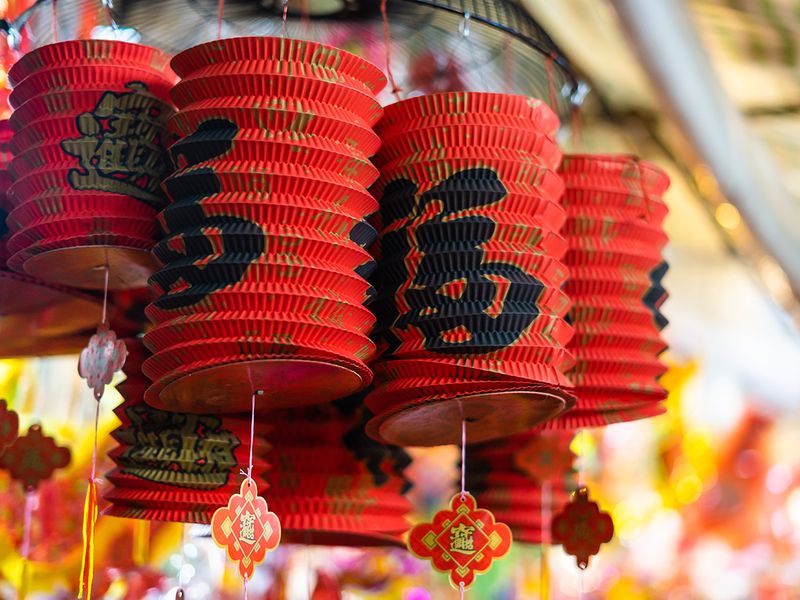
These delicate cakes are the festival’s most revered snacks and are made with the goodness of flour, golden syrup with an evenly sweet filling, which could vary from the traditional lotus seed paste, red bean paste, and salted egg yolk to the modernised versions of pistachios, chocolate, ice cream or even ham and turkey!
Personally, I was inspired by the animated movie ‘Over the moon’ on Netflix. It didn’t take a lot of time to get my ingredients, and since it was an impulsive baking decision, somehow I was able to get my mould on the same day as well. Thank you, Amazon! But I failed twice before I got it right, and that’s the beauty of baking… you can never grow tired of it.
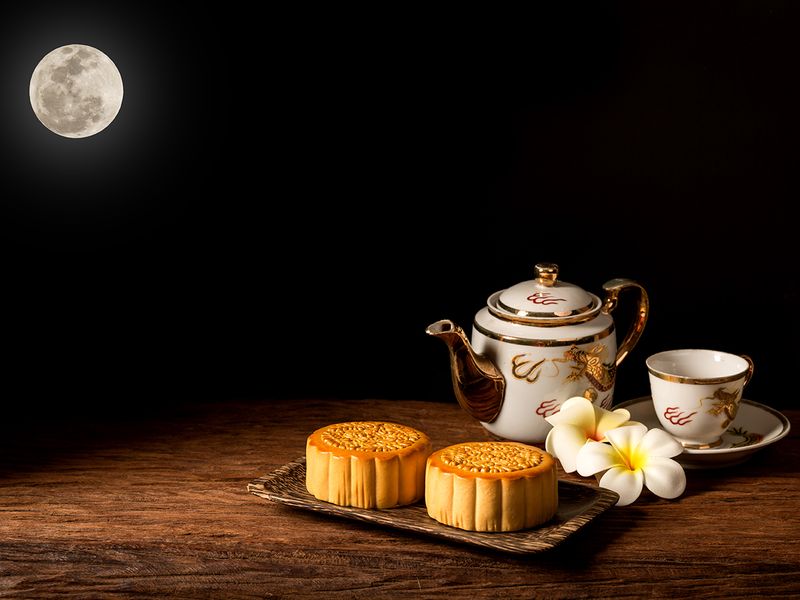
In case you’re looking for a recipe to try it out at home, here’s my version of it.
Now that’s said and done, here’s whishing everyone a harmonious and prosperous autumn moon festival! And don’t forget to tell us about all your food stories and recipes on food@gulfnews.com



